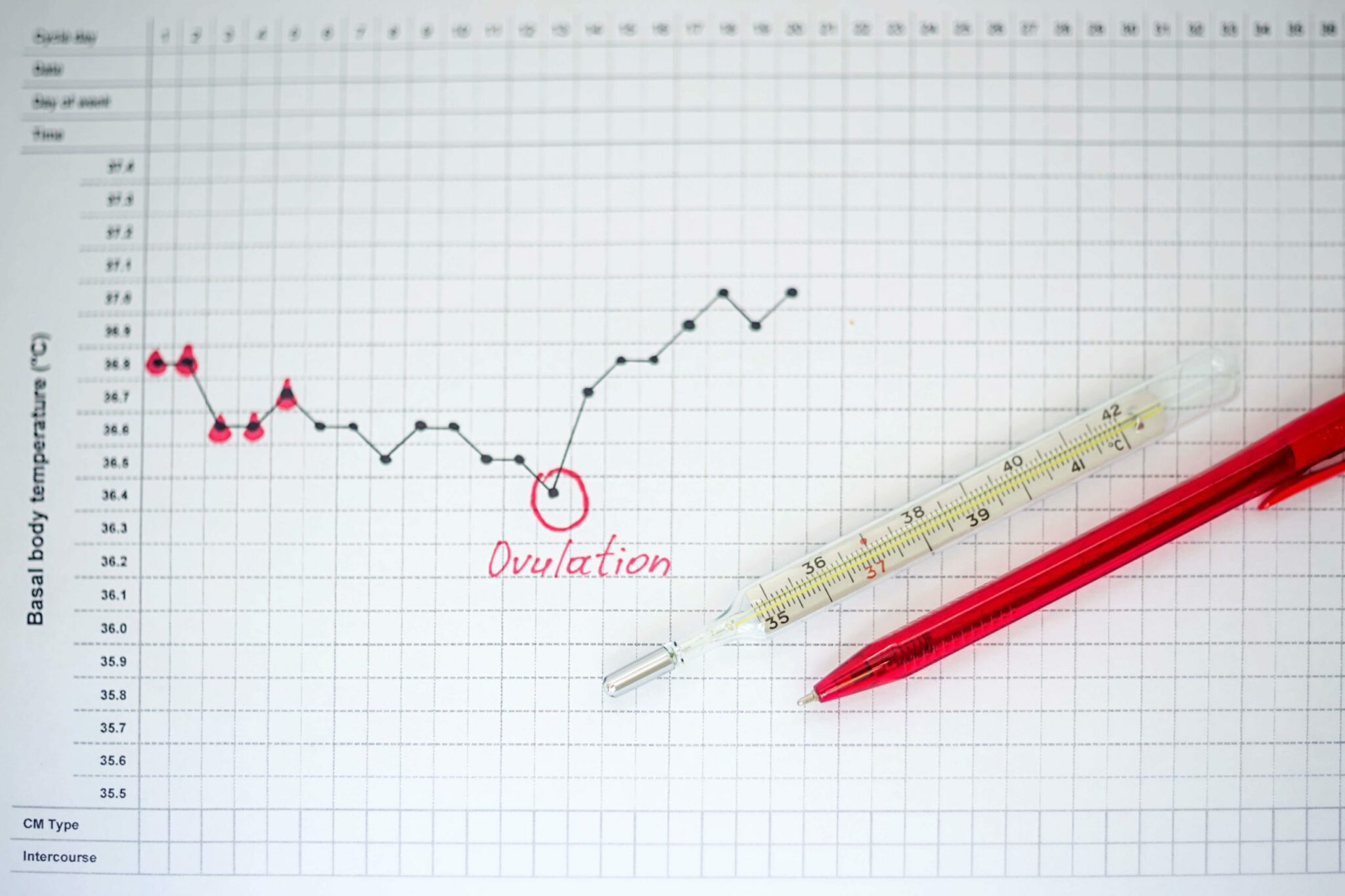5 Fertility Treatments to try if you can’t get Pregnant


1. Surgery
If you’re having trouble getting pregnant, it may be due to an anatomic problem that can be corrected with the help of a doctor. Fibroids, ovarian cysts, blocked fallopian tubes, and endometriosis are all known to prevent pregnancy.
An anatomic problem can be fixed with the help of a surgeon and various treatments that can further increase your chances of getting pregnant.
2. Fertility drugs
Fertility drugs are common among women who are having trouble getting pregnant. The popularity of this fertility treatment is due in part to the high success rates. Both the use of pills, like clomiphene, and injections (gonadotropins) can be used to help a woman produce more eggs each month leading to a better chance of getting pregnant. On average, 10 percent of women find success per cycle with the number climbing even higher to 20-60 percent after 3-6 months of treatment.
3. Inseminations
Intrauterine inseminations (IUI) is targeted toward couples that are not able to conceive due to the male. With IUI, doctors use a thin tube that introduces sperm into the woman’s reproductive tract. Using either the partner’s sperm or a donor’s sperm, inseminations increase the number of sperm reaching the fallopian tubes, further increasing chances of pregnancy.
4. In-vitro fertilization
In-vitro fertilization, or IVF, is the most popular fertility treatment. It’s also the most expensive treatment and one sought after by most women having fertility struggles that found no success with other treatments. It has one of the highest per-cycle pregnancy rates with 20-50 percent per cycle success.
With IVF, a woman’s eggs are removed in an office procedure and fertilized in a laboratory. After 3-6 days of observation, the best ones are transferred back into the woman’s uterus.
5. Donor egg IVF
This in-vitro fertilization is for women who can’t conceive naturally. The procedure uses a donor egg and is similar to the regular IVF treatment with the egg being fertilized and returning to the infertile woman’s uterus. This treatment has an 80 percent success rate per cycle.
Powered by Bundoo®












































